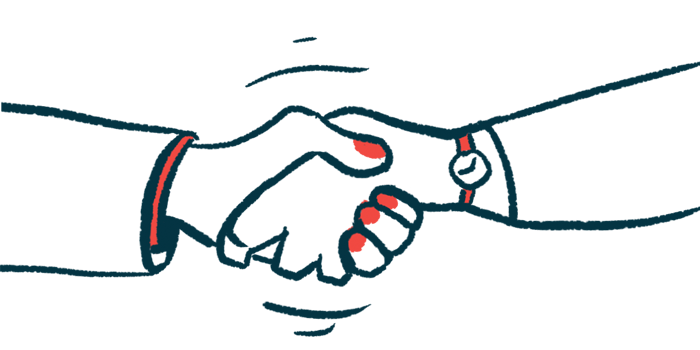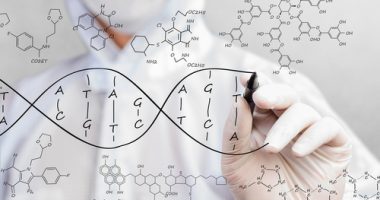Iama, Sapienza to study NKCC1 blockers in Rett, other disorders
Partners team up to see if blocking protein will reduce brain activity

A pharmaceutical company in Italy is teaming up with scientists at the Sapienza University of Rome to find out if blocking NKCC1 — a protein that loads chloride ions into nerve cells, or neurons — may reduce brain activity in people with epilepsy and certain neurological disorders like Rett syndrome.
The aim of the collaboration is “reducing neuronal excitability” and thus the severity of these disorders in children, Iama Therapeutics said in a press release announcing the sponsored research agreement.
Andrea P. Malizia, PhD, CEO at Iama, called it “a mutually beneficial partnership that will help move us closer to our goals of unlocking major breakthroughs in diseases related to cognitive impairments and making a meaningful impact on individuals and families affected by rare pediatric central nervous system disorders.”
Investigating NKCC1, KCC2 levels in nerve cells
There are two types of brain inputs, and their balance shifts during development. Gamma-aminobutyric acid (GABA) is a chemical messenger with a key role in inhibitory signaling, meaning that it reduces a nerve cell’s ability to receive or send chemical messages to other neurons. But in developing neurons, GABA acts in an opposite way as an excitatory neurotransmitter.
GABA receptors type A allow the passage of chloride ions into the cells. Chloride levels are regulated by the action of two proteins that help transport chloride ions in and out: NKCC1, which loads chloride ions into neurons, and KCC2, which shuttles them out.
People with Rett often have trouble with coordination, learning, and language and communication, among other symptoms chiefly caused by mutations in the MECP2 gene. MECP2 codes for a protein that helps regulate the activity of genes in the brain.
Earlier work suggested that people with Rett have as much NKCC1 RNA — a molecule that carries the instructions to make the protein — as healthy individuals. However, their levels of KCC2 RNA are much lower, potentially disrupting the excitation/inhibition balance of nerve cell signaling.
Imbalances in excitatory or inhibitory inputs also can result in epilepsy, autism spectrum disorder, and neurological disorders like Dravet syndrome. As NKCC1 activity is increased in several conditions, blocking this protein has potential as a treatment strategy, according to Iama.
Iama is developing an NKCC1 blocker called IAMA-6 that is designed to reduce excitatory inputs. It was found to be safe and well tolerated in preclinical studies.
The company plans to move into a Phase 1 clinical study in late 2023 testing the safety and tolerability of single and multiple doses of IAMA-6. That trial also will evaluate the therapy’s pharmacokinetics, or the movement of the medicine into, through, and out of the body.
“We welcome IAMA Therapeutics to our laboratory in Rome, Italy, as we research the efficacy of selective NKCC1 inhibitors in patients with certain neurodevelopmental disorders,” said Eleonora Palma, PhD, from Sapienza’s department of physiology and pharmacology.
“Patients suffering from these disorders have unmet medical needs, and the discoveries resulting from this agreement could further advance potentially life-changing therapies for these children and their families,” Palma added.







